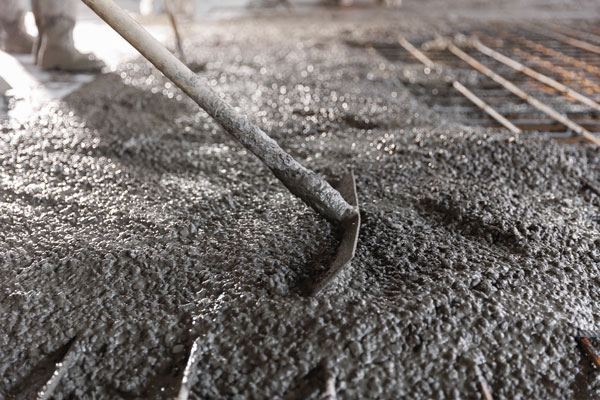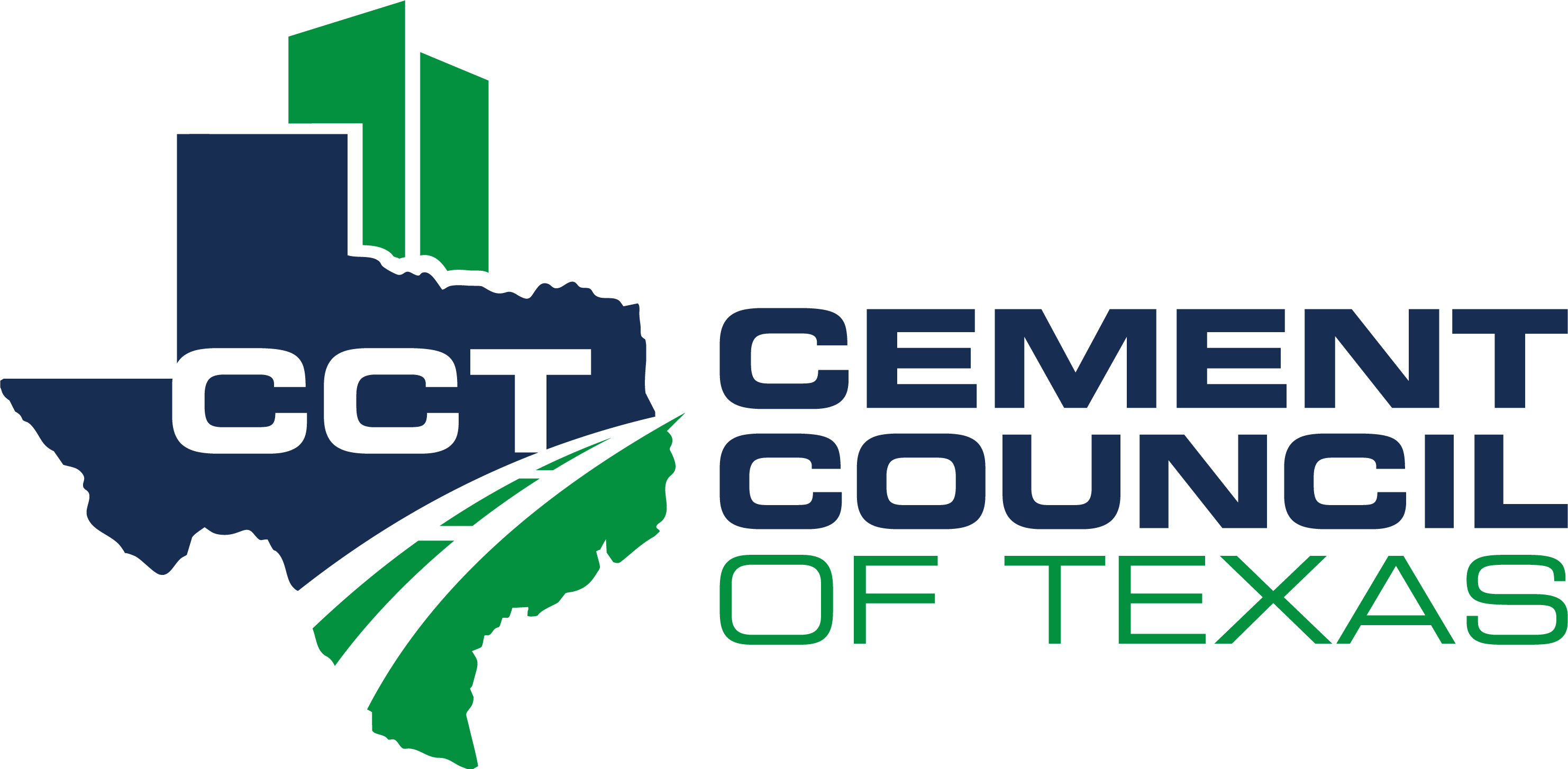Without debating the many statistics and climate-based arguments for making our world better, I believe that everyone wants to do what is best for our environment. The cement industry set out to do its part and set an aggressive goal of carbon neutrality through the cement-concrete-construction value chain by 2050. This is aggressive but achievable. Many of our cement manufacturers are multinational producers who have advanced in these production practices for decades. This institutional knowledge and expertise make it easier for us to adopt these practices in the U.S. to achieve our environmental goals.
We all delight in pointing out the difference between cement and concrete to our friends and communities, posting online, or correcting someone when they confuse them. We in the industry know there is a difference between cement and concrete. What is more profound is the difference between the manufacture of cement and the blending of concrete mix. The symphony of mining and chemistry that happens at a cement plant is truly a sight to behold. If you ever get a chance to visit a plant, I highly recommend attending a guided tour. Designing mixes for concrete is also a demanding feat that ensures performance for some of the most monumental and awe-inspiring projects from architects and engineers.
Knowing the massive undertaking, investment, and planning that goes into cement products - and our industry’s track record of adopting new products. It makes sense that we would launch a product like PLC. It uses everything we have readily available at our cement plants and makes minor adjustments to the production of this key ingredient that our industry relies on. It has also been proven over decades of use.
You may have heard during the introduction of Type IL, replacing the Ordinary Portland Cement would be a one-to-one replacement. This isn’t the whole story. While it is harmonized as a replacement in the ASTM and AASHTO specs, it must be carefully calibrated into your mix designs. No other product in your mix design should ever just be substituted on the belief it is just going to be the same. The work that goes into concrete projects and the expectation of a long lifecycle demands everything be perfect.
Dealing with Type IL or any other cement that will be introduced in the future requires teamwork, communication, and commitment. Oh, and testing, testing, testing. Specifically in Texas, we go through many different weather-related, especially heat-related, project considerations. We must be prepared for everything that goes into concrete mixes that address those concerns to ensure it will all work harmoniously to the project’s completion and beyond.
What comes next?
Type IL, using limestone, is the beginning of blended cement introduced to the market. We have many manufacturers that already have a Type IP, using pozzolans, and Type IS, using slag. The next step beyond these blended cement types is Type IT, which blends two previously mentioned materials with clinker for a ternary blend. Again, these are tried and tested solutions used worldwide but aren’t intended to be a quick swap with your previous cement.
I commend the cement industry and the Portland Cement Association for taking steps to protect our environment. Their ability to quickly respond with a roughly 10% reduction in carbon during the manufacturing process from this switch alone is a big step in the right direction. However, this isn’t the first or only step the cement industry has taken. The investment to move from wet to dry processes to pre-heat and pre-calcine was a huge investment and had a significant positive impact. The introduction of scrubbers and carbon storage from previous generations has set the stage for capabilities to be reached today. I could go on about the efforts taken over the years, and maybe I’ll do a retrospect on the history or progression of enhanced manufacturing practices someday.
For now, let’s keep making great products and working together to move our industry forward with new solutions and better practices. We cannot over-communicate as suppliers and users. In our latest newsletter, Nancy Beltran and Randy Bowers both address Type IL from their respective expertise. You can find their articles in our blog, but if you want to be notified first from CCT, subscribe to our newsletter. And as always, if you need any assistance with anything cement and concrete related, please contact the Cement Council of Texas.

